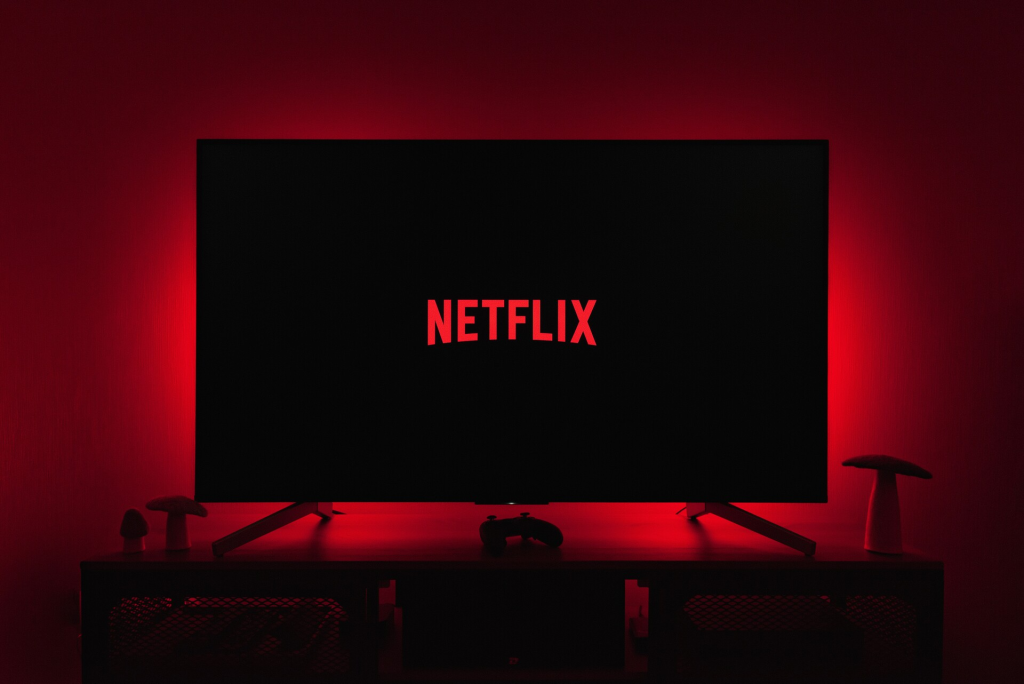Netflix is crushing the streaming competition.
You know this, and its competitors know this. But its big win wasn’t always a certainty.
Now it is — and investors are rewarding Netflix and punishing everyone else.
Who’s going to win the streaming wars?
No one asks that question anymore: Netflix won. Obviously.
Not only does the streaming pioneer have a huge lead in subscribers — nearly 280 million paying users around the world — but, after years of burning money, it also now routinely generates billions of dollars in profit a year. Its would-be competitors are nowhere close.
But it’s worth remembering that the conventional wisdom about Netflix was radically different just a couple of years ago.
In April 2022, Netflix announced that it was losing subscribers for one of the first times in its history and that, in response, it would do things it had never done before — add advertising and make it hard for people to share accounts. Its stock plummeted.
At the time, Netflix’s competitors, along with other people in the industry, were delighted to say — mostly off the record — that the streamer was in fundamental trouble. It no longer had the market to itself, and its flaws could no longer be covered up by go-go growth. I remember talking to one rival streaming boss that spring who confidently predicted that Netflix would be an acquisition target in the near future.
None of that happened, of course. Netflix righted itself and began growing again. Its competitors, meanwhile, have struggled to keep up in an era where investors are no longer happy for streamers to simply grow — they have to show that they can make money, too.
And that makes for a virtuous/vicious cycle, depending on your perspective: Netflix’s would-be competitors, who once wanted to keep all their programming for their own streaming services, need cash — so now they’re selling that stuff to Netflix, which makes Netflix even more valuable.
The best way to show how the streaming wars have worked out is via this chart: It shows you that Netflix stock is soaring. After falling below $180 a share in summer 2022, it hit an all-time high of $725 this month. Meanwhile, its old-media competitors — Disney, Comcast, Warner Bros. Discovery, and Paramount — are floundering, trying to figure out how to operate a profitable streaming business while keeping their other old-media businesses propped up. (We also threw Fox on this chart, even though the company has mostly stayed out of the streaming wars, though Tubi, its free service, is starting to gain momentum.)
Feel free to note the appropriate caveats here about stock price not always reflecting a company’s fundamental value, and investor fickleness, etc.
But for now, there’s no debate: In Wall Street’s minds, there is one streaming winner, and then everyone else.



